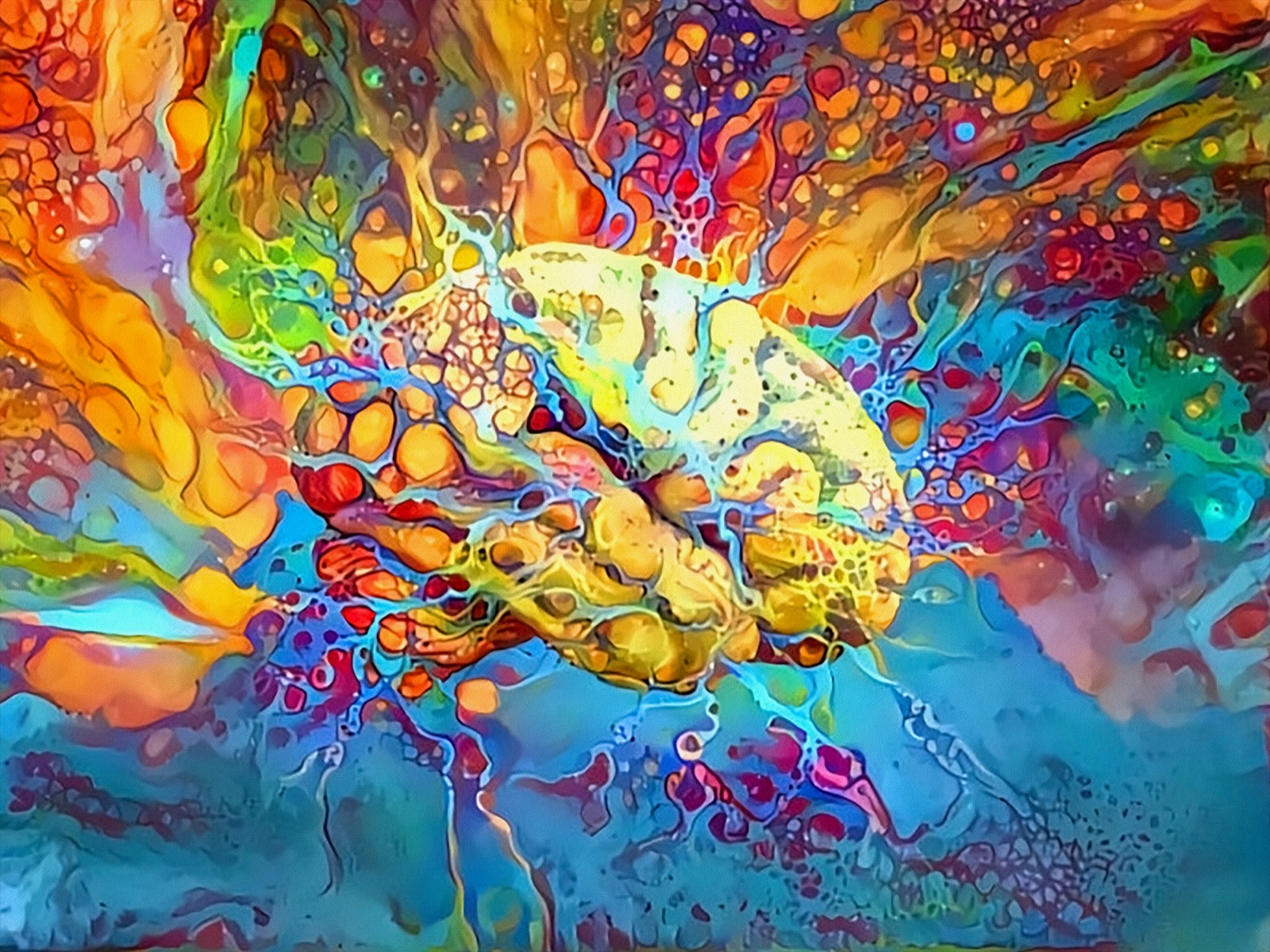The Function of Trump Art in Shaping Social Conversations Around Leadership
The Function of Trump Art in Shaping Social Conversations Around Leadership
Blog Article
Exploring the Diverse Globe of Artistic Expression: From Surrealism to Abstract Realism
In the realm of artistic expression, from the dreamlike landscapes of surrealism to the detailed play of light and kind in abstract realism, musicians have continually pushed the borders of imagination and imagination. Each activity holds a distinct lens whereby the world is watched and translated, offering a peek right into the depths of human emotion, assumption, and thought. As we discover the diverse globe of art, we are provided with a tapestry of designs, methods, and philosophies that challenge our understanding and provoke consideration. The trip with these varied kinds of creative expression assures to decipher a rich tapestry of aesthetic narration and intellectual inquiry that mesmerizes the mind and mixes the heart.
Surrealism: Releasing the Subconscious
Surrealism, an avant-garde creative activity of the 20th century, explored the midsts of the subconscious, unveiling a world of dream-like images and unconventional juxtapositions. Pioneered by artists like Salvador Dali, René Magritte, and Joan Miró, Surrealism looked for to challenge the traditional methods of seeing and recognizing art. Through techniques such as automatism and dream analysis, Surrealist musicians intended to tap into the unconscious mind to expose concealed facts and needs.
One of the crucial elements of Surrealism was the emphasis on the illogical and the astonishing. By integrating unforeseen aspects in their works, Surrealist musicians intended to develop a feeling of disorientation and surprise in the audience. This interruption of reasoning and factor was suggested to prompt a much deeper exploration of the subconscious and the mysteries of the human psyche.
Abstract Realistic Look: Redefining Assumption
Challenging standard imaginative limits, Abstract Realism redefines perception via the blend of recognizable aspects with abstract types. This ingenious technique to art incorporates the representational precision of realistic look with the innovative freedom of abstraction, offering visitors a special visual experience that prompts them to question their assumption of reality.
In Abstract Realism, artists aim to capture the significance of their subjects while also infusing their deal with a feeling of depth and complexity through abstract aspects. By mixing the acquainted with the unfamiliar, these artists invite target markets to involve with their items on numerous levels, encouraging them to explore the nuances of appearance, type, and color.

Cubism: Fragmentizing Reality
Utilizing fragmented point of views and geometric types, Cubism revolutionized the creative depiction of reality in the early 20th century. This technique not only deconstructed reality however likewise highlighted the monotony of the canvas, leading the method for future abstract art motions.

Cubism can be classified right into 2 major phases: Analytical Cubism, defined by single color design and complex, fragmented kinds; and Artificial Cubism, which included collection elements and brighter colors right into the make-ups. Via linked here these distinct phases, Cubism affected not only paint yet additionally sculpture, layout, and design. trump art. Its influence resounded across the art world, motivating musicians to check out new ways of interpreting and representing the globe around them
Expressionism: Feelings on Canvas
Checking out the depths of human feelings via dazzling and meaningful brushstrokes, Expressionism arised as an extensive creative activity in the very early 20th century. Unlike previous art motions that focused on showing the exterior globe, Expressionism dove into the internal world of the musician's mind, intending to evoke raw feelings and provoke natural actions from visitors.
Expressionist musicians, such as Edvard Munch, Egon Schiele, and Emil Nolde, turned down traditional ideas of appeal and realistic look in favor of misshaping kind and color to share subjective feelings. Using exaggerated brushwork, vibrant colors, and altered numbers helped develop a feeling of anxiousness, alienation, or passion in their jobs.
One of one of the most famous examples of Expressionism is Munch's "The Scream," which records the intense anxiety and misery of modern life via its swirling, distorted figure versus a blood-red skies. Through their mentally billed jobs, Expressionist artists sought to test standard creative standards and provide a window right into the rough midsts of the human heart.
Contemporary Art: Developing Point Of Views

One of the defining qualities of modern art is its consistent evolution and ability to adapt to altering cultural landscapes. Artists are significantly integrating technology right into their practice, blurring the lines between the physical and electronic realms. This combination of tools allows for ingenious means of narration and involving with audiences in a much more interactive way.
Additionally, try these out modern art usually functions as a platform for social commentary, resolving pushing issues such as identity, national politics, and the environment. Artists are utilizing their job to provoke and spark important conversations idea, clarifying the complexities of the world we reside in. As point of views remain to advance, contemporary art stays a dynamic and influential pressure in shaping our social landscape.
Conclusion
In conclusion, the world of imaginative expression encompasses a broad array of movements and designs, each with its own unique strategy to sharing definition and feeling. From surrealism's expedition of the subconscious to abstract realism's redefining of understanding, and from cubism's fragmentation of reality to expressionism's representation of feelings, art continues to evolve and test perspectives - trump art. Contemporary art mirrors the ever-changing world we live in, supplying new ways to analyze and comprehend the intricacies of our truth
As we discover the multifaceted globe of art, we are provided with a tapestry of designs, strategies, and philosophies that challenge our understanding and prompt contemplation. Its influence reverberated throughout the art world, motivating artists to discover new ways of translating and representing the globe around them.

Report this page